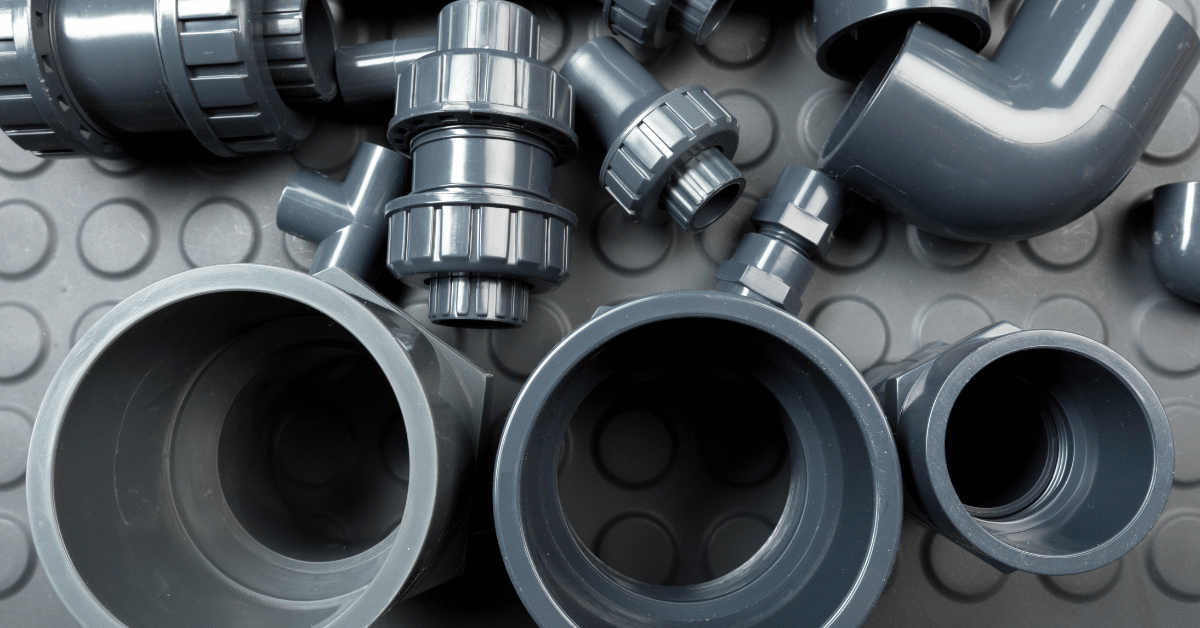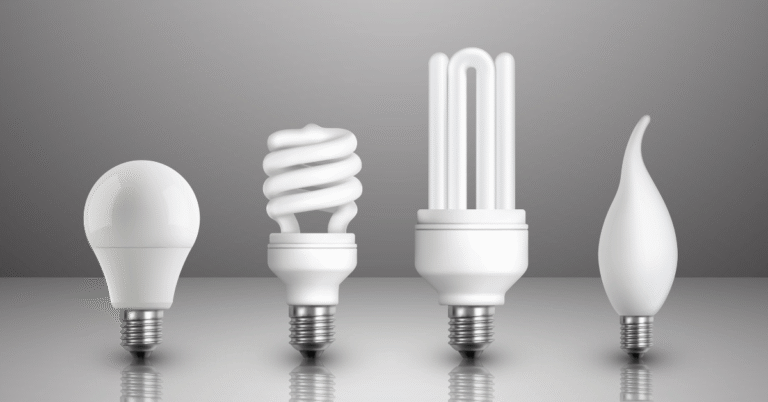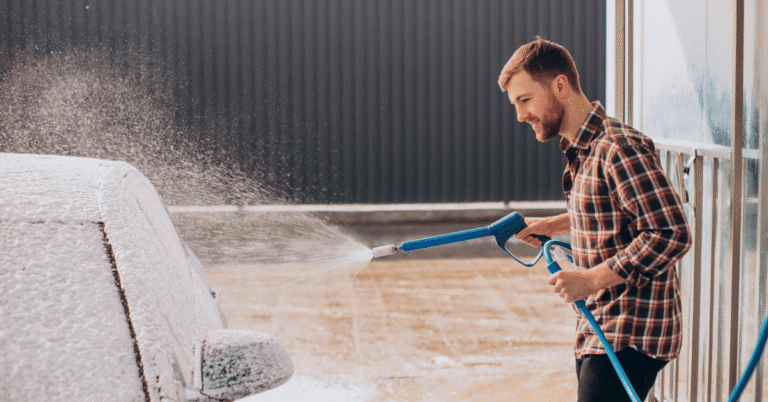The Complete Guide to JIC Fittings: Everything You Need to Know
If you’re dealing with hydraulic systems or industrial piping, the term JIC fittings has likely come up. But what exactly are JIC fittings? Why do industries ranging from agriculture to aerospace trust them for leak-free fluid connections? In this in-depth article, you’ll learn precisely what JIC fittings are, how they work, why they matter, and how to select and maintain them properly. Whether you’re a mechanic, engineer, supplier, or curious learner, this guide provides updated, practical knowledge about JIC fittings that can help you make smarter decisions.
What Are JIC Fittings?
JIC fittings stand for Joint Industry Council fittings. They are a type of hydraulic fitting with a 37-degree flare seating surface, originally standardized by the SAE (Society of Automotive Engineers). The 37-degree angle is crucial because it creates a metal-to-metal seal that is both leak-resistant and capable of withstanding high-pressure systems. These fittings are widely used across industries because they’re easy to assemble, disassemble, and reuse without compromising safety.
The design of JIC fittings dates back to World War II when industries needed standardized, durable hydraulic connectors. Today, their reliability makes them a go-to choice for military, aerospace, agriculture, construction, and marine applications.
Why JIC Fittings Are Essential in Modern Industry
Hydraulic systems depend on secure and reliable connections to prevent leaks and failures. JIC fittings offer a solution that balances performance with simplicity. Unlike some other hydraulic connectors, JIC fittings can be installed without special tools. Their reusability cuts costs, and the 37-degree flare makes them uniquely adaptable to a range of pressures and temperatures.
Here’s why JIC fittings remain relevant:
They are standardized for interchangeability across manufacturers
They tolerate high pressures without leakage
They allow for easy inspection and maintenance
They minimize downtime during repairs
They provide vibration resistance, crucial in mobile and heavy machinery
These advantages make JIC fittings a universal language in hydraulic engineering.
Key Components of a JIC Fitting
Understanding a JIC fitting involves breaking it down into three primary components:
The Flare Nut – This is the outer threaded section that tightens the fitting.
The Sleeve or Ferrule – This part holds the tube in place and guides it into the seat correctly.
The Flared Tube or Fitting Body – This is where the 37-degree flare is located, forming the actual seal.
The metal-to-metal connection formed by the flare ensures that the fitting can hold under high pressures without O-rings or gaskets, reducing potential points of failure.
Common Types of JIC Fittings
JIC fitting’s are not one-size-fits-all. They come in various types to accommodate different systems and configurations.
Straight JIC Fitting – Used to connect two tubes or hoses in a straight line.
Elbow JIC Fitting (45° or 90°) – Allows for directional changes in tubing, useful in tight spaces.
Tee JIC Fitting – Permits splitting a fluid flow into two directions.
Bulkhead JIC Fitting – Installed through a panel or wall to pass fluids between compartments.
Union JIC Fitting – Connects two identical fitting’s directly.
Cap and Plug JIC Fitting’s – Protect the hydraulic system when disassembly is needed.
These types allow system designers and maintenance teams to configure piping layouts without extensive welding or soldering.
JIC Fittings vs Other Hydraulic Fittings
To understand the full value of JIC fitting’s, it’s helpful to compare them to other common hydraulic fitting’s:
| Feature | JIC Fittings | NPT Fittings | ORFS Fittings | BSP Fittings |
|---|---|---|---|---|
| Seal Type | 37° Flare Metal-to-Metal | Tapered Thread Sealant | O-Ring Face Seal | British Standard Pipe |
| Reusability | High | Moderate (may wear threads) | High | Moderate |
| Pressure Tolerance | High | Medium | Very High | Medium |
| Vibration Resistance | Good | Poor | Excellent | Good |
| Applications | Hydraulic, Aerospace, Marine | Plumbing, Low-Pressure Systems | High-Pressure Hydraulics | European Fluid Systems |
Where JIC Fittings Are Used
JIC fittings are found in a broad range of industries and are essential wherever hydraulic fluid systems operate under high pressure.
Aerospace Industry – For aircraft fuel and hydraulic lines where precision and leak resistance are critical.
Agriculture – In tractors and harvesting equipment for hydraulic lifts and steering systems.
Construction Equipment – Used in bulldozers, cranes, and excavators where rugged, high-pressure systems are standard.
Marine Applications – For on-deck hydraulic systems in ships and offshore rigs.
Industrial Machinery – In manufacturing plants for presses, automated systems, and heavy-duty robotics.
Military Equipment – Tanks and support vehicles often use JIC fittings for hydraulic operation.
Their versatility explains why JIC fittings have become a default option in hydraulic system design.
How to Select the Right JIC Fitting
Choosing the correct JIC fitting requires attention to several factors:
Size Compatibility – Ensure the fitting matches the hose or tube size.
Material Choice – Stainless steel for corrosion resistance, carbon steel for general use, and brass for low-pressure systems.
Pressure Rating – Check that the system’s pressure does not exceed the JIC fitting’s tolerance.
Temperature Range – Select fittings that can handle the temperature extremes of your application.
Connection Angle – Decide between straight, 45-degree, or 90-degree options based on layout needs.
Thread Type – Confirm the thread size and standard match your system.
Choosing incorrectly could lead to leaks, system failure, or even safety hazards.
Sizing JIC Fittings: A Practical Guide
JIC fitting’s are sized using dash numbers that correlate with tube outside diameters. This system helps simplify selection.
| Dash Number | Tube OD (inches) | Thread Size |
|---|---|---|
| -2 | 1/8″ | 5/16-24 |
| -3 | 3/16″ | 3/8-24 |
| -4 | 1/4″ | 7/16-20 |
| -5 | 5/16″ | 1/2-20 |
| -6 | 3/8″ | 9/16-18 |
| -8 | 1/2″ | 3/4-16 |
| -10 | 5/8″ | 7/8-14 |
| -12 | 3/4″ | 1 1/16-12 |
| -16 | 1″ | 1 5/16-12 |
| -20 | 1 1/4″ | 1 5/8-12 |
| -24 | 1 1/2″ | 1 7/8-12 |
| -32 | 2″ | 2 1/2-12 |
Understanding this table helps avoid costly sizing errors during purchasing or system design.
Installation Guidelines for JIC Fittings
Installing a JIC fitting is a relatively straightforward process, but attention to detail ensures the system remains leak-free.
- Prepare the Tube – Cut the tube squarely and remove burrs to prevent flare damage.
- Create the Flare – Use a 37-degree flaring tool to form the precise angle needed for the seal.
- Assemble the Parts – Slide the flare nut and sleeve onto the tube before flaring.
- Align the Fitting – Ensure the flare fits perfectly into the seat without gaps.
- Tighten Properly – Use a torque wrench to tighten the nut according to manufacturer specifications.
- Test for Leaks – Pressurize the system and inspect all joints.
Incorrect installation is the leading cause of JIC fitting failures, so careful assembly is critical.
Advantages of JIC Fittings
JIC fittings offer several advantages over other types of hydraulic connectors:
Ease of Use – No specialized equipment needed for installation or maintenance.
Versatility – Compatible with various materials and tubing sizes.
Reliability – The metal-to-metal seal reduces the risk of leaks under high pressure.
Cost-Effective – Reusable and durable, leading to lower lifetime costs.
Standardization – Interchangeable across different brands due to SAE standards.
Availability – Readily stocked by suppliers worldwide, reducing wait times.
These benefits make JIC fittings a mainstay in industries that depend on hydraulic systems.
Limitations of JIC Fittings
While JIC fitting’s are versatile, they are not perfect for every situation.
Not Suitable for Ultra-High Pressure – Systems that exceed the standard pressure limits may require ORFS or other specialty fittings.
Metal-to-Metal Seal Can Wear – Over-tightening can damage the flare, leading to leaks over time.
Requires Proper Alignment – Misalignment during installation can compromise the seal.
Understanding these limitations helps users avoid misapplication.
Maintenance Tips for JIC Fittings
Regular maintenance can extend the life of JIC fitting’s:
Inspect Seals – Look for wear or scratches on the flare seat.
Avoid Over-Torquing – Tighten to specification, not by feel.
Keep Threads Clean – Dirt or debris can prevent proper sealing.
Use Caps When Disconnected – Protect the flared ends from damage during storage.
Replace Worn Parts – Don’t reuse parts that show signs of stress or corrosion.
Proper care ensures that JIC fitting’s maintain their performance for years.
Innovations and Trends in JIC Fittings
As hydraulic systems evolve, so do the fittings that support them.
Advanced Coatings – Some JIC fittings now feature anti-corrosion coatings for marine or chemical plant applications.
Lightweight Materials – Aerospace-grade aluminum JIC fittings reduce weight while maintaining strength.
Digital Tracking – Some industries use QR codes on fittings for maintenance tracking and inventory management.
Sustainability Focus – Reusable JIC fitting’s support green initiatives by reducing waste from single-use components.
These trends reflect the continued relevance of JIC fitting’s in an increasingly automated and sustainability-focused world.
Final Thoughts
JIC fitting’s are more than just connectors—they are the backbone of many hydraulic and fluid systems worldwide. Their 37-degree flare design provides a unique balance of durability, simplicity, and reliability. Whether you’re working on a tractor, an airplane, or an industrial robot, understanding JIC fitting’s can save you time, money, and stress.
From proper sizing to installation and maintenance, this guide gives you a full-spectrum view of why JIC fitting’s remain a critical component in modern engineering. With ongoing innovation and their proven track record, JIC fitting’s are likely to remain at the heart of hydraulic design for decades to come.
Read More: https://2amagazine.co/kings-river-california/
FAQs
What does JIC stand for?
JIC stands for Joint Industry Council, the group that standardized the fittings.
Can JIC fittings handle high pressure?
Yes, but for ultra-high pressure, other fittings like ORFS may be better.
Are JIC fittings reusable?
Yes, if properly maintained and not over-tightened.
Do JIC fittings need sealant?
No, the 37-degree flare creates a metal-to-metal seal that prevents leaks.
What industries use JIC fittings most?
Aerospace, agriculture, construction, marine, and manufacturing.



